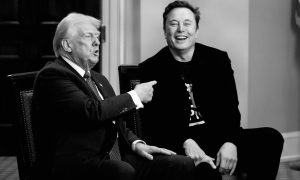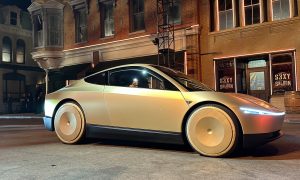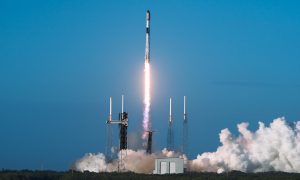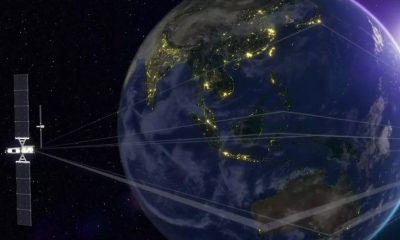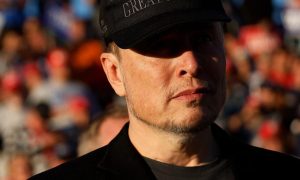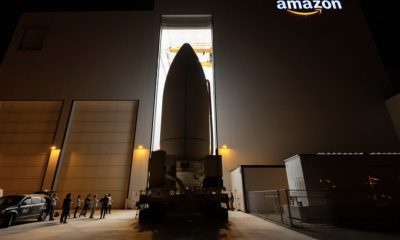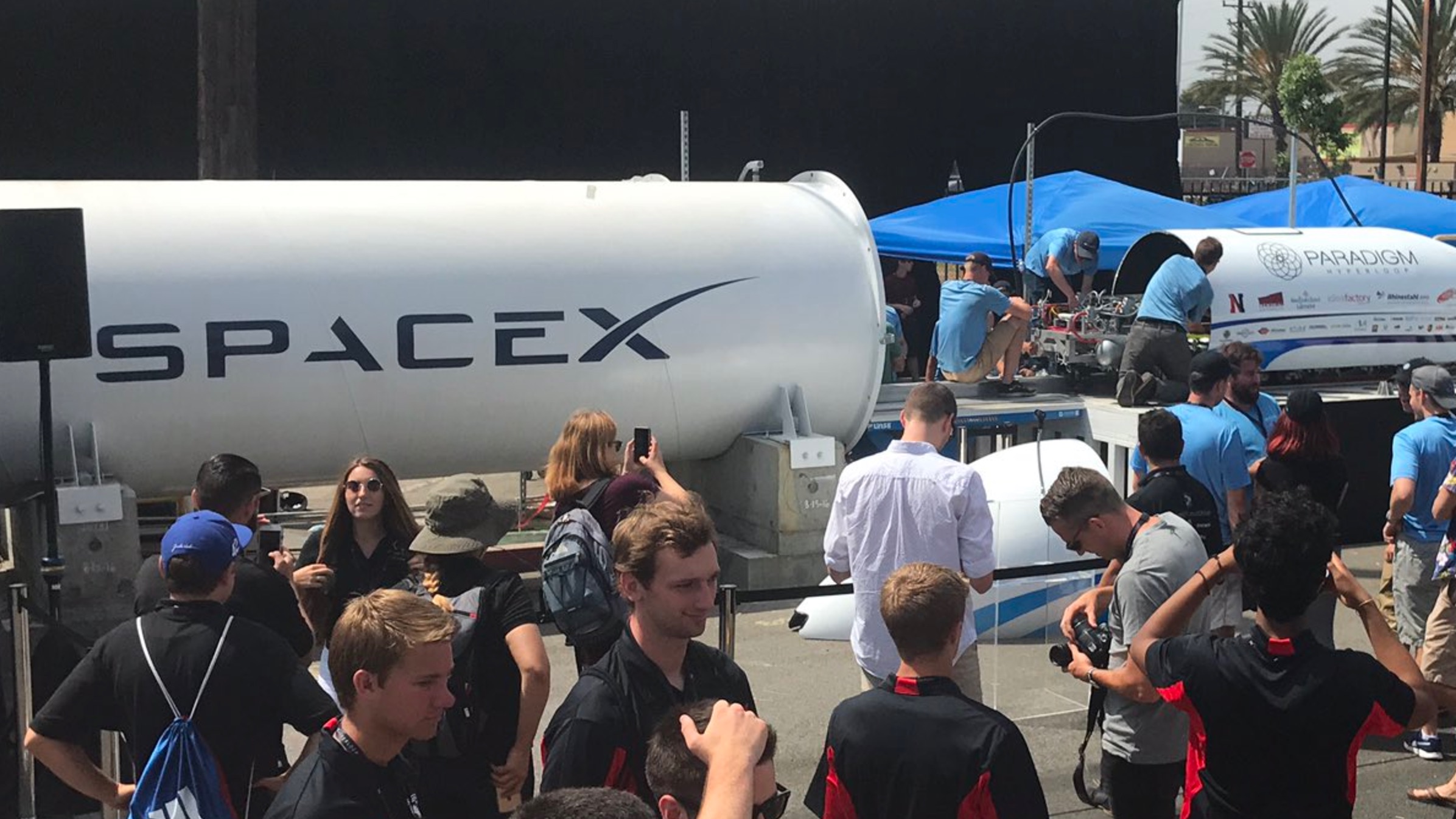

News
SpaceX Hyperloop Competition: Top 3 teams duke it out for fastest pod
Hawthorne councilmembers, members of the California Assembly, and Hawthorne Mayor Alex Vargas were in attendance at the headquarters of SpaceX and The Boring Company for their jointly-hosted Hyperloop Competition 2.
The second such Hyperloop competition sponsored by Elon Musk, the eight months that separated them were filled to the brim with press coverage of The Boring Company (TBC), which has begun to seriously develop an experimental tunnel beneath a central street in Hawthorne, CA. Most intriguingly, TBC publicly acknowledged that it is now pursuing the development of its own form of Hyperloop technology, originally developed and released as a white paper by Elon Musk, albeit with tunnels rather than above-ground vacuum tube constructs.
Update: Watch Elon Musk award this team for having the fastest Hyperloop pod at 202 mph
The second competition was focused on one goal, above all others: top speed. The final three teams chosen for testing in SpaceX’s mile-long vacuum tube were as international as ever. Paradigm Hyperloop, a continuation of the Openloop team from Competition 1, is composed of 26 students from the northeastern U.S. and Canada, designed a pod that made use of air bearings to levitate and was intended to travel as fast as 200 mph through SpaceX’s test track. While not yet officially confirmed, a livestream suggested that their pod reached a maximum speed of approximately 100 km/h or 62 mph. While nowhere near its purported top speed, a member of Paradigm Hyperloop said that the team’s pod “levitated perfectly” and that the test generally went great. Their pod was one of the largest, weighing in at almost a metric ton.
SwissLoop, a team of 40 or so students from Swiss university ETH Zurich, developed a pod that levitated with permanent magnets and was propelled by compressed air, sort of like a rocket. SwissLoop’s SpaceX adviser, a mechanical engineer focused on reusing Falcon 9s on normal days, praised the group’s engineering and construction of the pod during a livestream on Facebook. SwissLoop experienced some technical difficulties while Musk waiting to provide the countdown in Swiss German, and he quipped about connectivity issues that the team was having with their pod. Musk later announced that due to those technical difficulties, SwissLoop’s pod would be removed for troubleshooting and WARR Hyperloop would conduct the second live test.
Pod problem. Developing futuristic transport isn't quick. #Hyperloop pic.twitter.com/QJAngYvCbP
— Jack Stewart (@stewart_jack) August 27, 2017
WARR Hyperloop, the victors of the first Competition, prepared their Pod ii to be tested on Sunday afternoon. One of the smallest pods at only 190 lb, the vehicle was intended to have a top speed of approximately 225 mph – a speed it was reported to be capable of reaching in 12 seconds. Designed by students from the Technical University of Munich, the pod was propelled with a 50 kW electric motor connected to polyurethane wheels. While the method of levitation was not specified, it is understood to be a system of permanent magnets similar to SwissLoop’s implementation. WARR is a German organization and stands for Scientific Workgroup for Rocketry and Spaceflight in English.
Elon Musk somewhat controversially revealed that The Boring Company had received “verbal approval” for an underground Hyperloop between Washington D.C. and New York City, appearing to acknowledge some form of back-room deal with the federal government. He later clarified in a series of tweets and replies that the approval was extremely preliminary and unofficial and that The Boring Company was hard at work beginning to form relationships with the numerous municipalities that would be involved along the proposed route. The several Hyperloop-related companies that formed following Musk’s white paper have been reluctant to make room for a new, Musk-headed competitor in the ring, but The Boring Company is aggressively pushing ahead with their demonstration tunnel in Hawthorne, CA and has successfully applied for the initial permits that will be required.
Mirroring Elon’s typically positive opinion of competition, he bid Hyperloop One and all other companies trying to revolutionize transportation the best of luck during Competition 2. Competition 2 is guaranteed to provide SpaceX and The Boring Company an inside glance at some of the best emerging engineering talent. Hosting the competition is quite possibly the most suave and effective method of recruitment one can readily imagine, with all promising teams generally being given private tours of both The Boring Company and SpaceX facilities.
I hope they and any others trying to advance transport technology succeed
— Elon Musk (@elonmusk) August 27, 2017
Meanwhile, stay tuned for the two max speed pod tests to come later this afternoon. There is no live coverage from SpaceX itself, but SwissLoop has been kind enough to livestream several of the main events on their Facebook page. You can also follow a live Facebook stream here. Follow along live there and check back at Teslarati for coverage of the events!
Elon Musk
Elon Musk is now a remote DOGE worker: White House Chief of Staff
The Tesla and SpaceX CEO Elon Musk is no longer working from the West Wing.
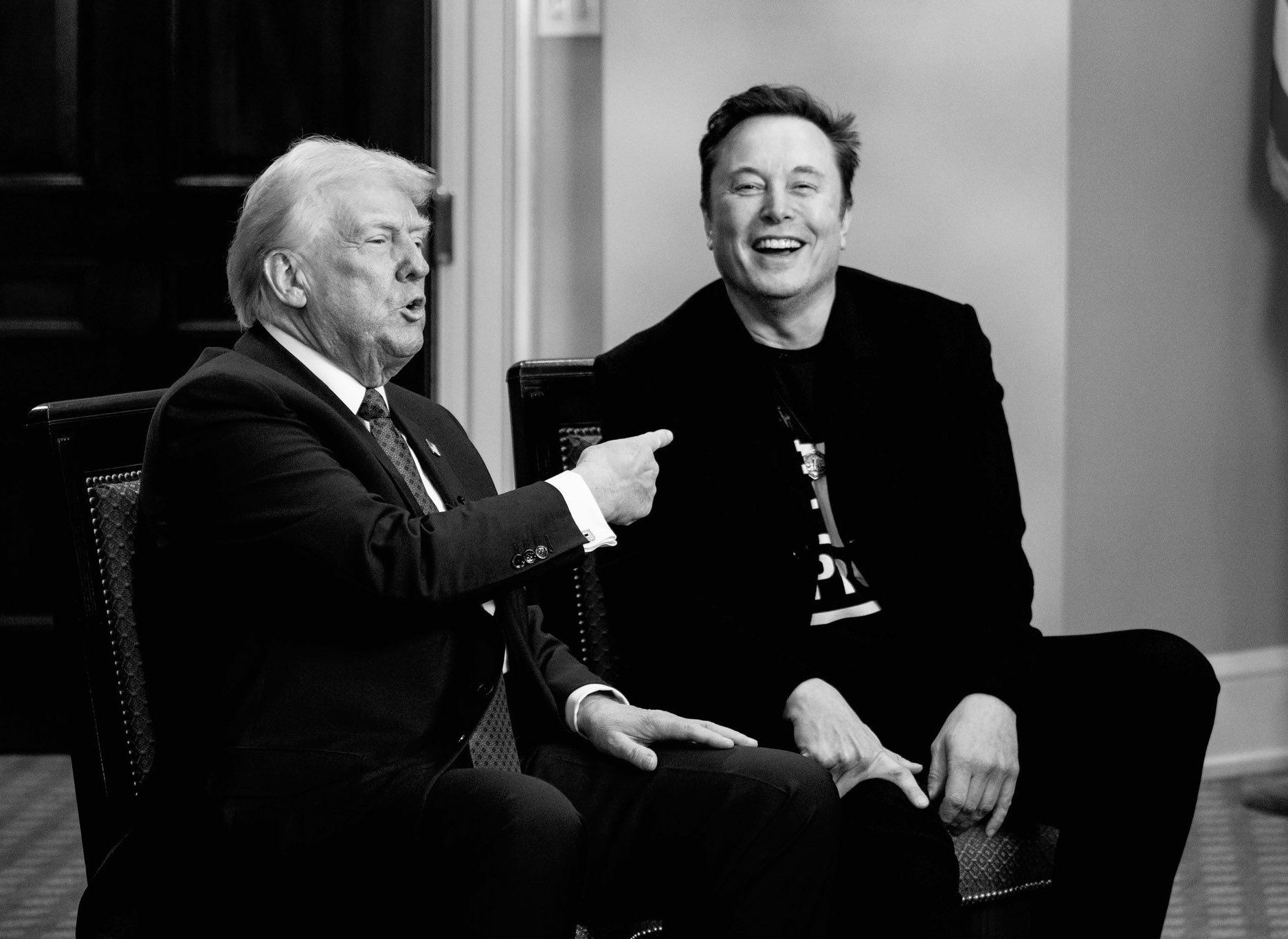
In a conversation with the New York Post, White House Chief of Staff Susie Wiles stated that Tesla and SpaceX CEO Elon Musk is no longer working from the West Wing.
As per the Chief of Staff, Musk is still working for DOGE—as a remote worker, at least.
Remote Musk
In her conversation with the publication, Wiles stated that she still talks with Musk. And while the CEO is now working remotely, his contributions still have the same net effect.
“Instead of meeting with him in person, I’m talking to him on the phone, but it’s the same net effect,” Wiles stated, adding that “it really doesn’t matter much” that the CEO “hasn’t been here physically.” She also noted that Musk’s team will not be leaving.
“He’s not out of it altogether. He’s just not physically present as much as he was. The people that are doing this work are here doing good things and paying attention to the details. He’ll be stepping back a little, but he’s certainly not abandoning it. And his people are definitely not,” Wiles stated.
Back to Tesla
Musk has been a frequent presence in the White House during the Trump administration’s first 100 days in office. But during the Q1 2025 Tesla earnings call, Musk stated that he would be spending substantially less time with DOGE and substantially more time with Tesla. Musk did emphasize, however, that DOGE’s work is extremely valuable and critical.
“I think I’ll continue to spend a day or two per week on government matters for as long as the President would like me to do so and as long as it is useful. But starting next month, I’ll be allocating probably more of my time to Tesla and now that the major work of establishing the Department of Government Efficiency is done,” Musk stated.
Elon Musk
Tariff reprieve might be ‘Tesla-friendly,’ but it’s also an encouragement to others
Tesla stands to benefit from the tariff reprieve, but it has some work cut out for it as well.
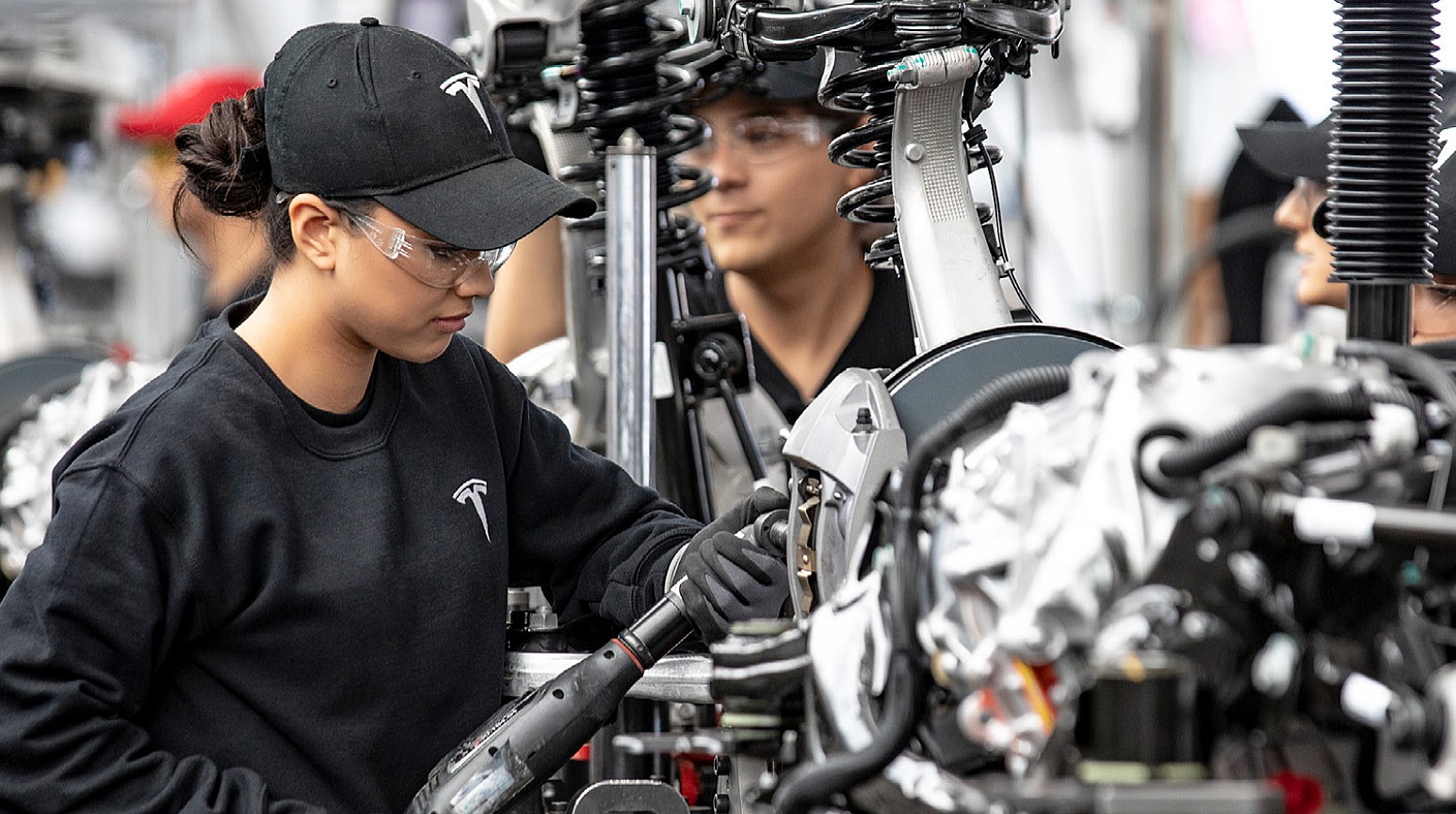
After Secretary of Commerce Howard Lutnick made adjustments to the automotive tariff program that was initially announced, many quickly pointed to the reprieve as “Tesla-friendly.”
While that may be the case right now, it was also a nudge of encouragement to other companies, Tesla included, to source parts from the U.S. in an effort to strengthen domestic manufacturing. Many companies are close, and it will only take a handful of improvements to save themselves from tariffs on their cars as well.
Yesterday, Sec. Lutnick confirmed that cars manufactured with at least 85 percent of domestic content will face zero tariffs. Additionally, U.S. automakers would receive credit up to 15 percent of the value of vehicles to offset the cost of imported parts.
Big Tesla win? Sec Lutnick says cars with 85% domestic content will face zero tariffs
“This is ‘finish your cars in America and you win’,” Lutnick said.
Many were quick to point out that only three vehicles currently qualify for this zero-tariff threshold: all three are Teslas.
However, according to Kelley Blue Book’s most recent study that revealed who makes the most American cars, there are a lot of vehicles that are extremely close to also qualifying for these tariff reductions.
Tesla has three vehicles that are within five percent, while Ford, Honda, Jeep, Chevrolet, GMC, and Volkswagen have many within just ten percent of the threshold.
Tesla completely dominates Kogod School’s 2024 Made in America Auto Index
It is within reach for many.
Right now, it is easy to see why some people might think this is a benefit for Tesla and Tesla only.
But it’s not, because Tesla has its Cybertruck, Model S, and Model X just a few percentage points outside of that 85 percent cutoff. They, too, will feel the effects of the broader strategy that the Trump administration is using to prioritize domestic manufacturing and employment. More building in America means more jobs for Americans.
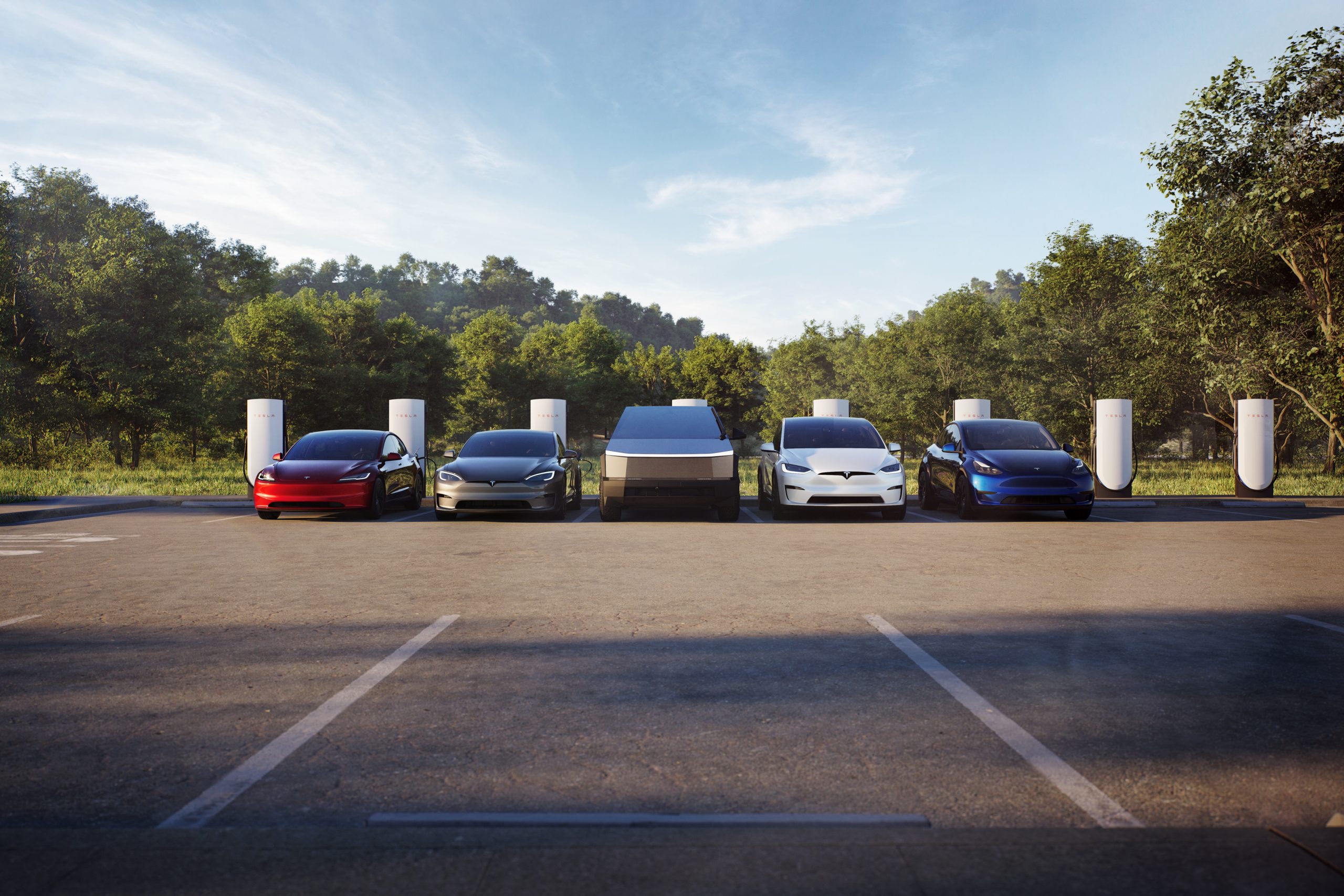
Credit: Tesla
However, other companies that are very close to the 85 percent cutoff are only a few components away from also saving themselves the hassle of the tariffs.
Ford has the following vehicles within just five percent of the 85 percent threshold:
- Ford Mustang GT automatic (80%)
- Ford Mustang GT 5.0 (80%)
- Ford Mustang GT Coupe Premium (80%)
Honda has several within ten percent:
- Honda Passport All-Wheel-Drive (76.5%)
- Honda Passport Trailsport (76.5)
Jeep has two cars:
- Jeep Wrangler Rubicon (76%)
- Jeep Wrangler Sahara (76%)
Volkswagen has one with the ID.4 AWD 82-kWh (75.5%). GMC has two at 75.5% with the Canyon AT4 Crew Cab 4WD and the Canyon Denali Crew Cab 4WD.
Chevrolet has several:
- Chevrolet Colorado 2.7-liter (75.5%)
- Chevrolet Colorado LT Crew Cab 2WD 2.7-liter (75.5%)
- Chevrolet Colorado Z71 Crew Cab 4WD 2.7-liter (75.5%)
These companies are close to reaching the 85% threshold, but adjustments need to be made to work toward that number.
Anything from seats to fabric to glass can be swapped out for American-made products, making these cars more domestically sourced and thus qualifying them for the zero-tariff boundary.
Frank DuBois of American University said that manufacturers like to see stability in their relationships with suppliers and major trade partners. He said that Trump’s tariff plan could cause “a period of real instability,” but it will only be temporary.
Now is the time to push American manufacturing forward, solidifying a future with more U.S.-made vehicles and creating more domestic jobs. Tesla will also need to scramble to make adjustments to its vehicles that are below 85%.
News
Tesla Cybertruck RWD production in full swing at Giga Texas
Videos of several freshly produced Cybertruck LR RWD units were shared on social media platform X.
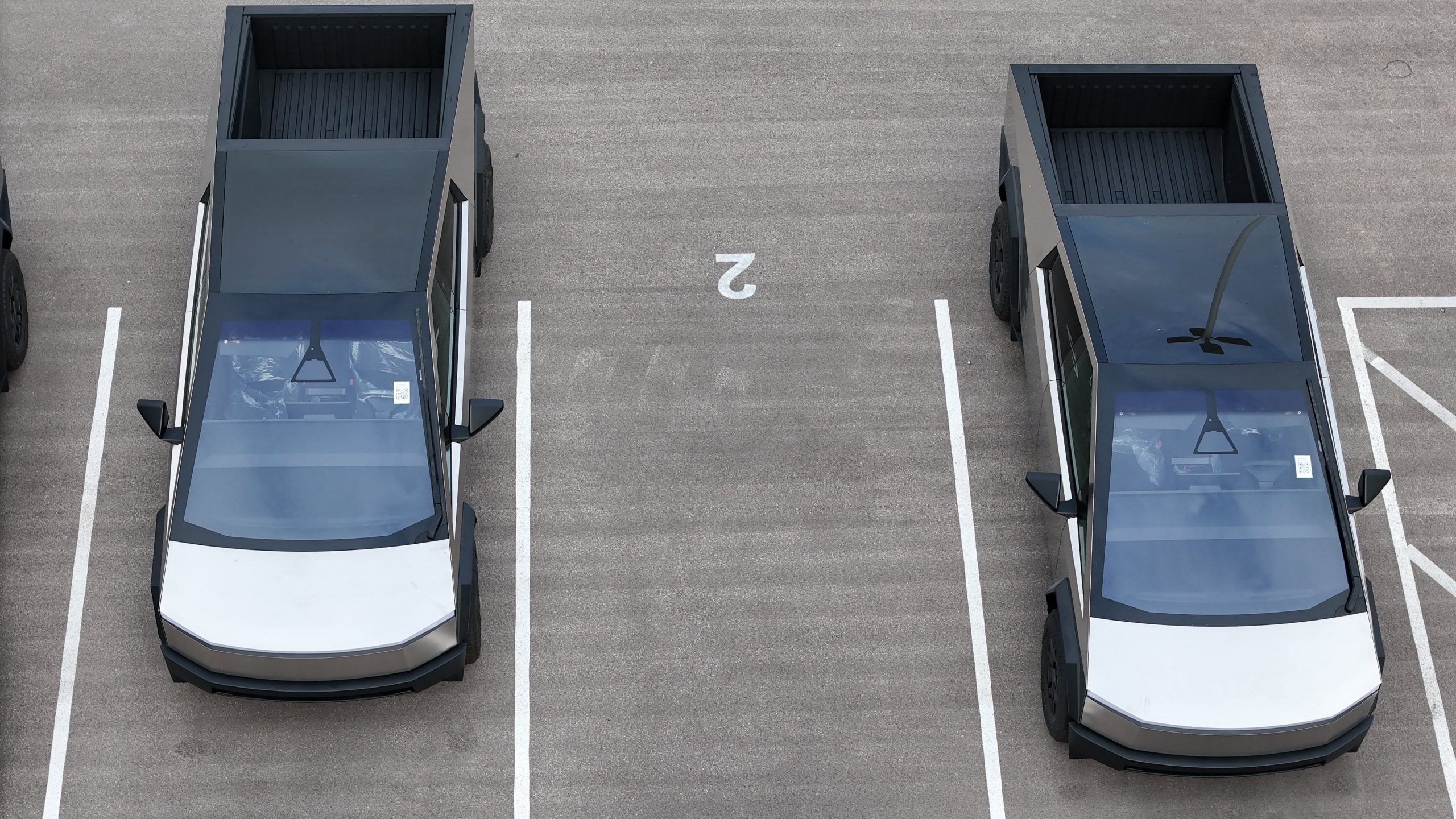
It appears that Tesla is indeed ramping the production of the Cybertruck Long Range Rear Wheel Drive (LR RWD), the most affordable variant of the brutalist all-electric pickup truck.
Videos of several freshly produced Cybertruck LR RWD units were shared on social media platform X.
Giga Texas Footage
As per longtime Tesla watcher Joe Tegtmeyer, Giga, Texas, was a hotbed of activity when he conducted his recent drone flyover. Apart from what seemed to be Cybercab castings being gathered in the complex, a good number of Cybertruck LR RWD units could also be seen in the facility’s staging area. The Cybertruck LR RWD units are quite easy to spot since they are not equipped with the motorized tonneau cover that is standard on the Cybertruck AWD and Cyberbeast.
The presence of the Cybertruck LR RWD units in Giga Texas’ staging area suggests that Tesla is ramping the production of the base all-electric pickup truck. This bodes well for the vehicle, which is still premium priced despite missing a good number of features that are standard in the Cybertruck AWD and Cyberbeast.
Cybertruck Long Range RWD Specs
The Cybertruck LR RWD is priced at $69,990 before incentives, making it $10,000 more affordable than the Cybertruck AWD. For its price, the Cybertruck Long Range RWD offers a range of 350 miles per charge if equipped with its 18” standard Wheels. It can also add up to 147 miles of range in 15 minutes using a Tesla Supercharger.
Much of the cost-cutting measures taken by Tesla are evident in the cabin of the Cybertruck LR RWD. This could be seen in its textile seats, standard console, seven-speaker audio system with no active noise cancellation, and lack of a 9.4” second-row display. It is also missing the motorized tonneau cover, the 2x 120V and 1x 240V power outlets on the bed, and the 2x 120V power outlets in the cabin. It is also equipped with an adaptive coil spring suspension instead of the adaptive air suspension in the Cybertruck AWD and Cyberbeast.
-

 News1 week ago
News1 week agoTesla’s Hollywood Diner is finally getting close to opening
-

 Elon Musk2 weeks ago
Elon Musk2 weeks agoTesla doubles down on Robotaxi launch date, putting a big bet on its timeline
-

 News5 days ago
News5 days agoTesla is trying to make a statement with its Q2 delivery numbers
-

 Investor's Corner1 week ago
Investor's Corner1 week agoLIVE BLOG: Tesla (TSLA) Q1 2025 Company Update and earnings call
-
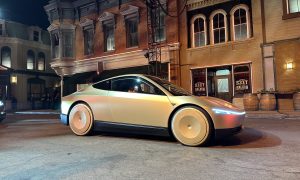
 Elon Musk2 weeks ago
Elon Musk2 weeks agoTesla reportedly suspended Cybercab and Semi parts order amid tariff war: Reuters
-
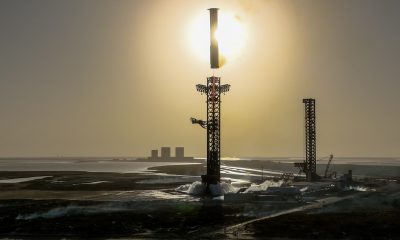
 SpaceX2 weeks ago
SpaceX2 weeks agoSpaceX pitches subscription model for Trump’s Golden Dome
-
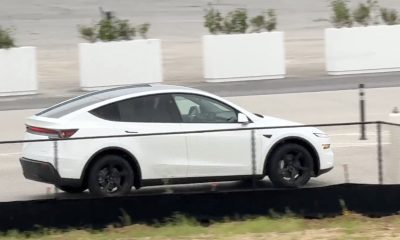
 News2 weeks ago
News2 weeks agoDriverless Teslas using FSD Unsupervised are starting to look common in Giga Texas
-
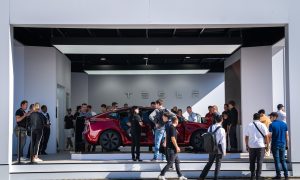
 News3 days ago
News3 days agoNY Democrats are taking aim at Tesla direct sales licenses in New York


